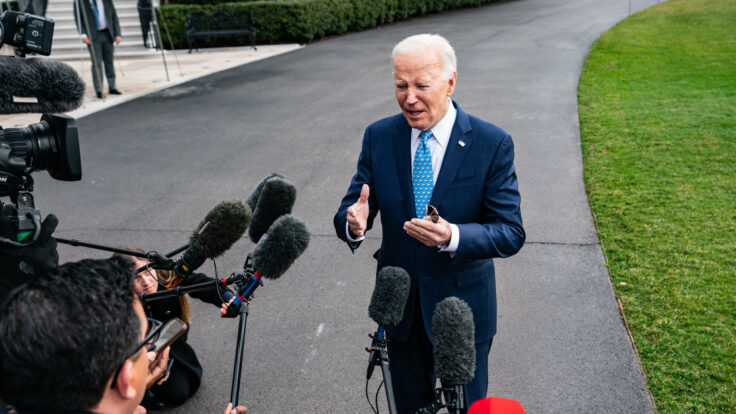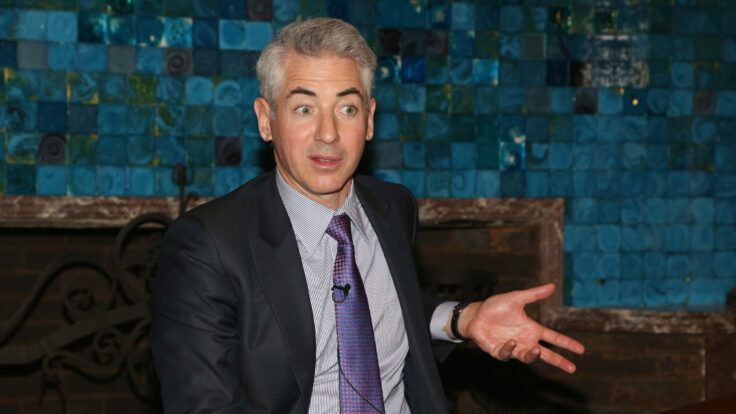The next chapter in the seemingly endless Sam Bankman-Fried legal saga is the matter of his sentencing, now that the disgraced crypto wunderkind has been soundly convicted of fraud. This week, his legal cavalry, led by Trumpworld lawyer Marc Mukasey (a former federal prosecutor and onetime partner of Rudy Giuliani), boldly proposed a mere six-year stint behind bars in his sentencing memorandum. Mukasey’s appeal centers on the anticipated full reimbursement of FTX customer funds, based largely on S.B.F.’s seemingly prescient investment in the company Anthropic A.I. But as I discussed on the Powers That Be podcast, there’s more to this gambit than an effort to recast Bankman-Fried in a sympathetic light—it’s a math game, one that might eventually play out at the Supreme Court.
The intricacies of federal sentencing guidelines play a crucial role here. Bankman-Fried faces a baseline sentence of six years, with Judge Lewis Kaplan weighing recommended enhancements running the gamut from the sophistication of the crime to whether there was obstruction of justice, such as S.B.F. lying on the witness stand. But the biggest potential multiplier surrounds victim losses, initially estimated to be a staggering $10 billion. That astronomical sum could balloon his prison term by a gut-wrenching three decades, which is why S.B.F. and his lawyers are now pointing to a rebound in FTX’s crypto assets, plus a savvy investment in Anthropic A.I., that could be used for reimbursements.

















